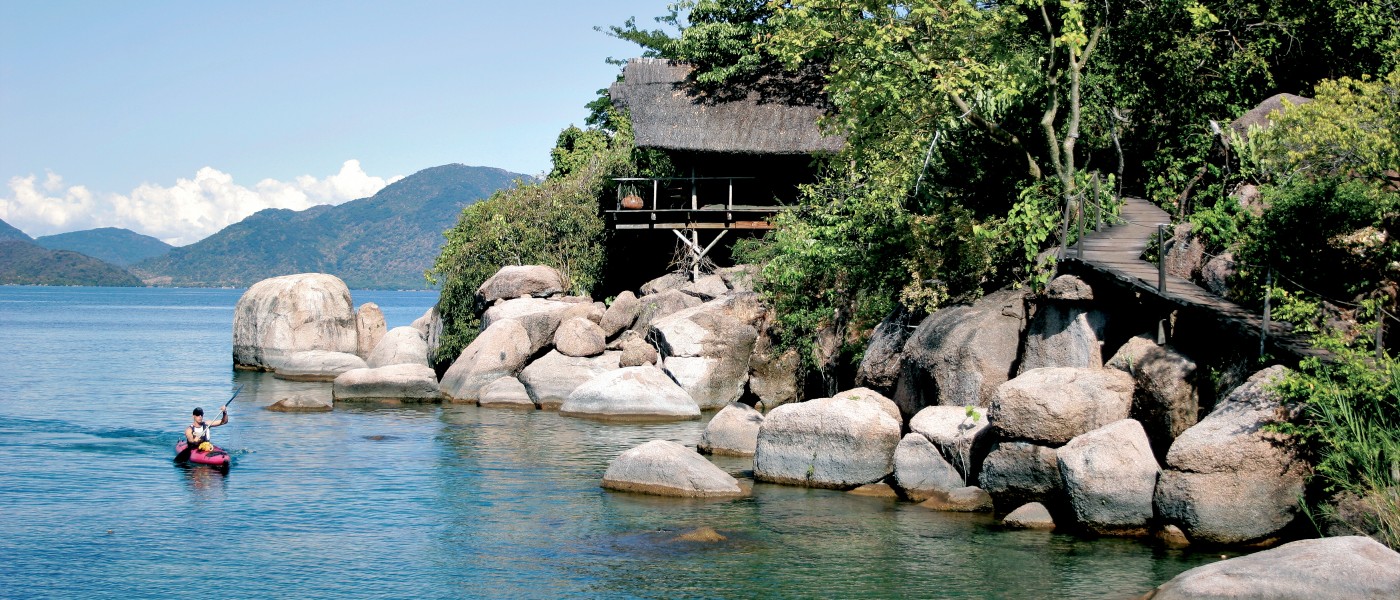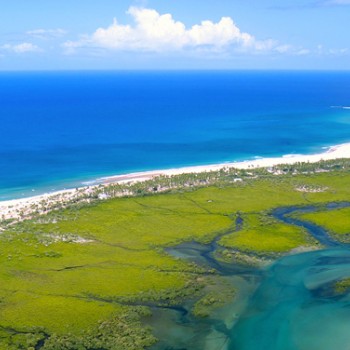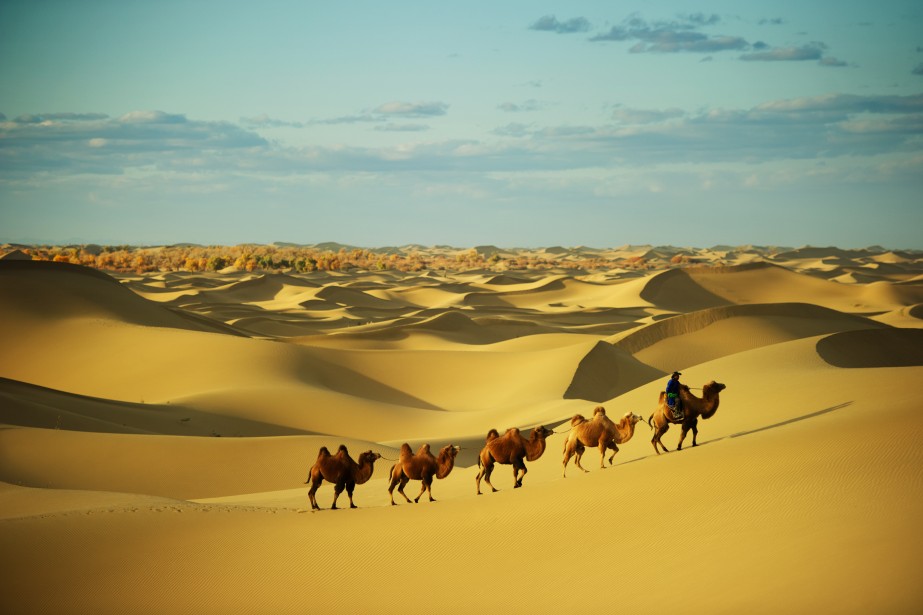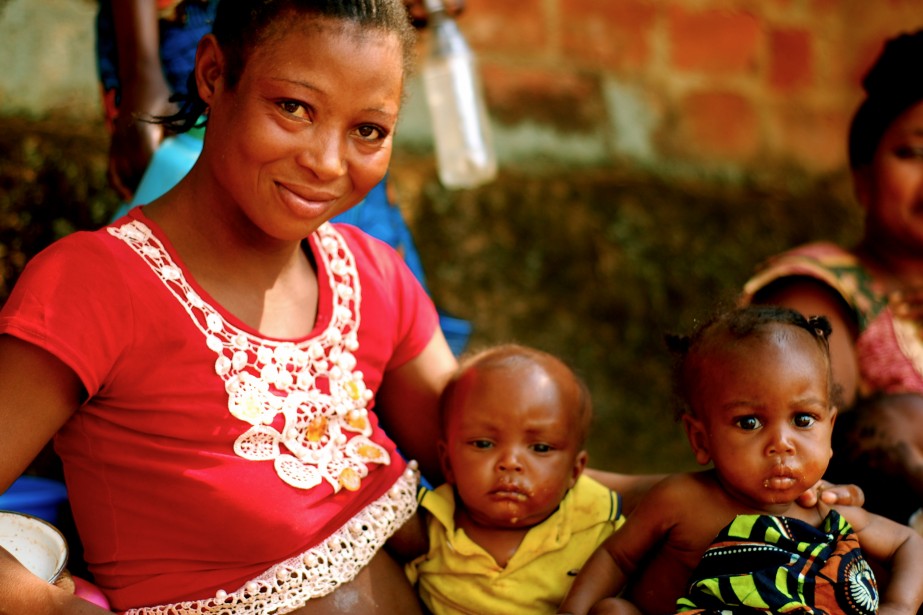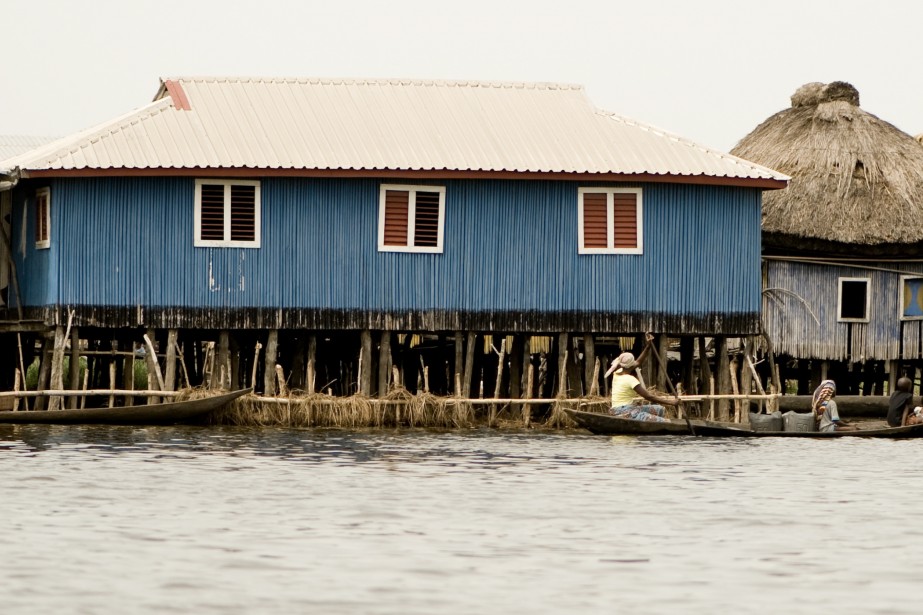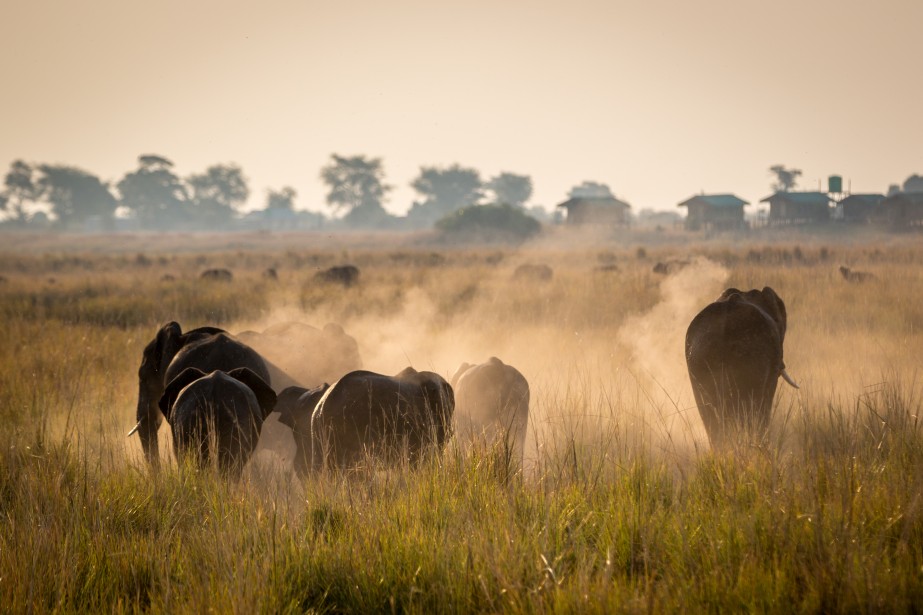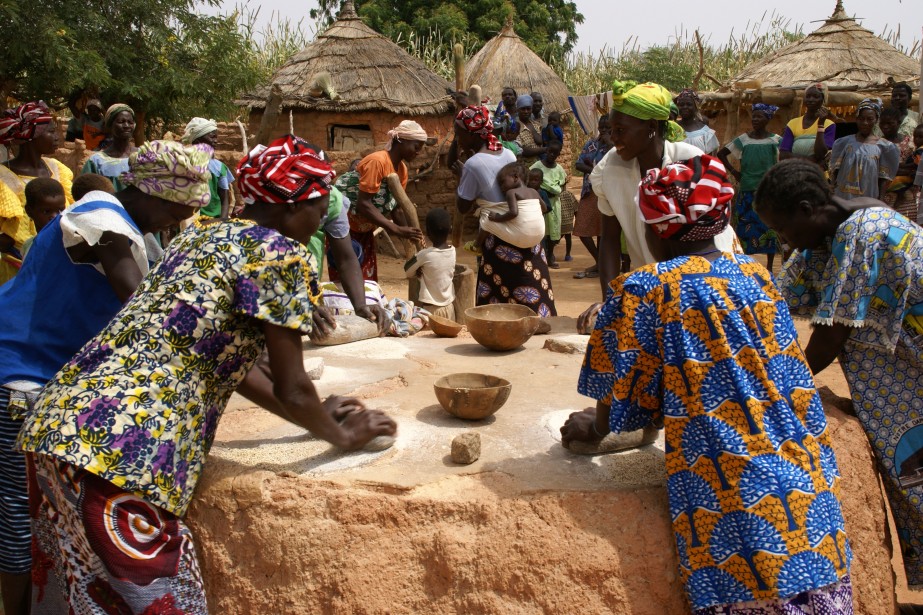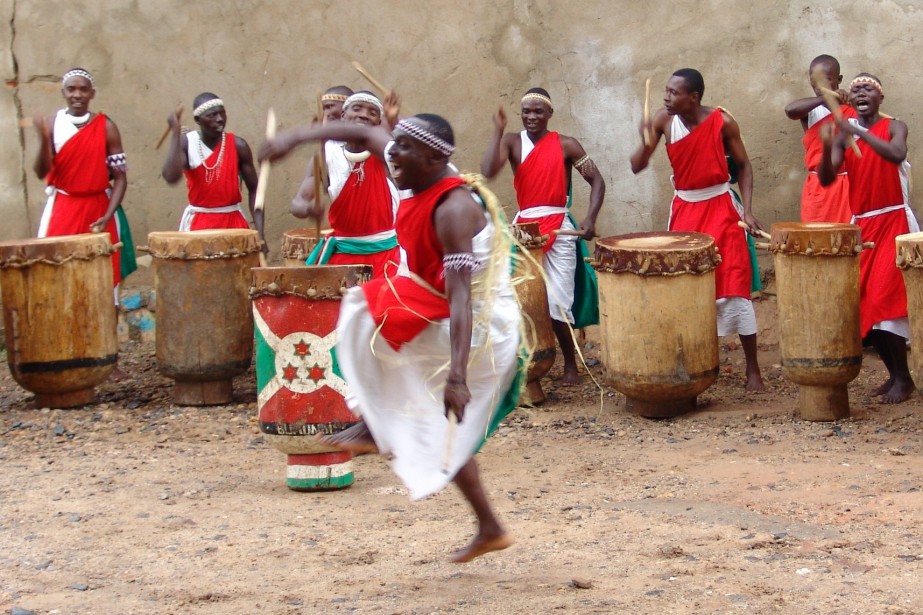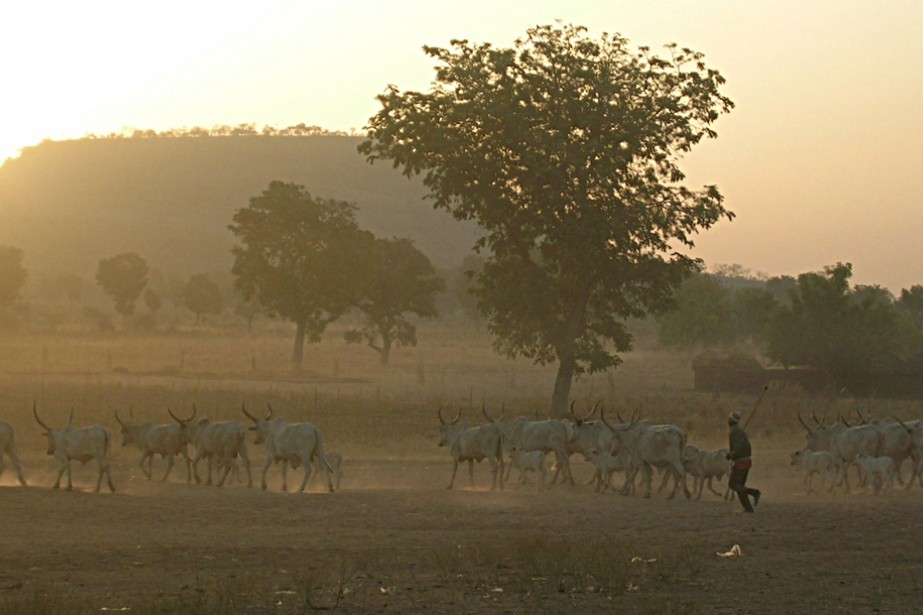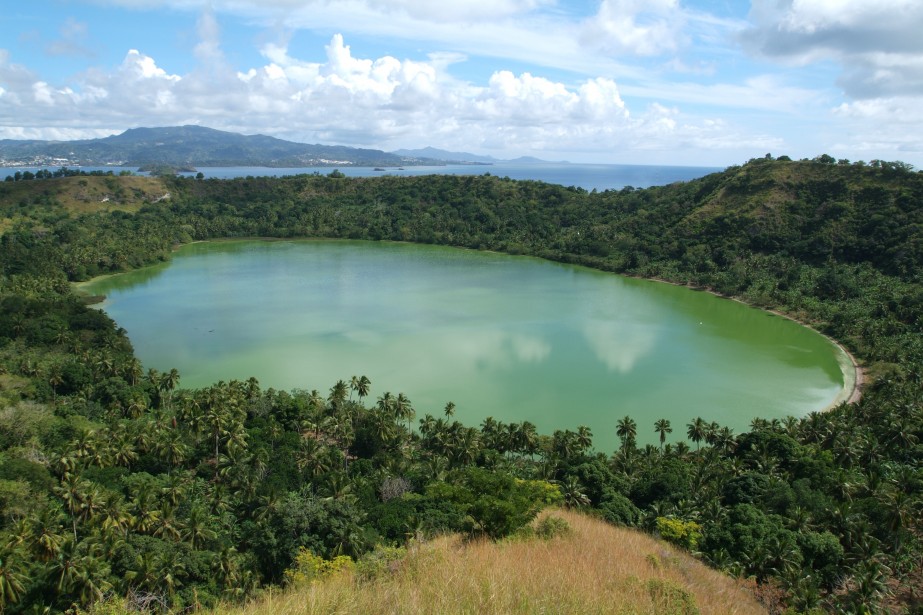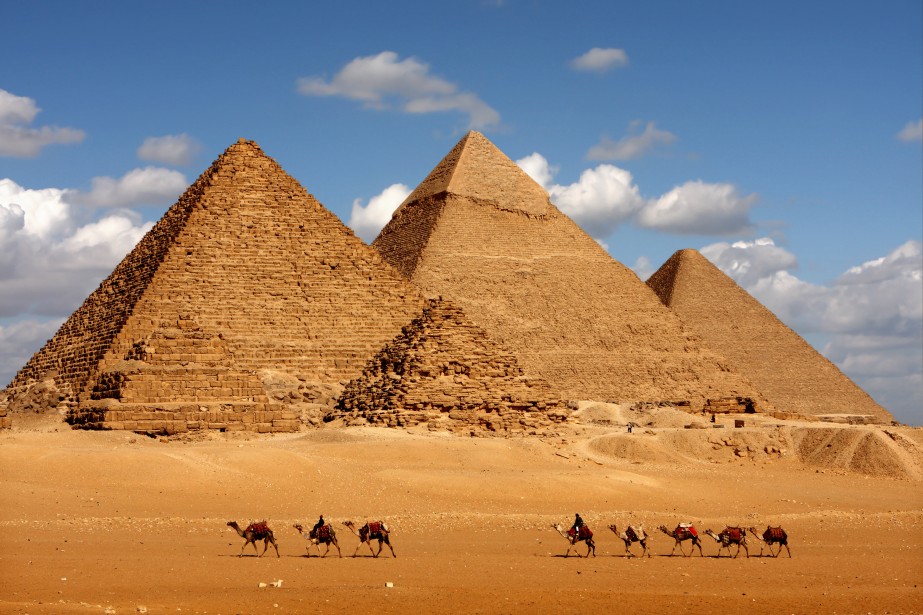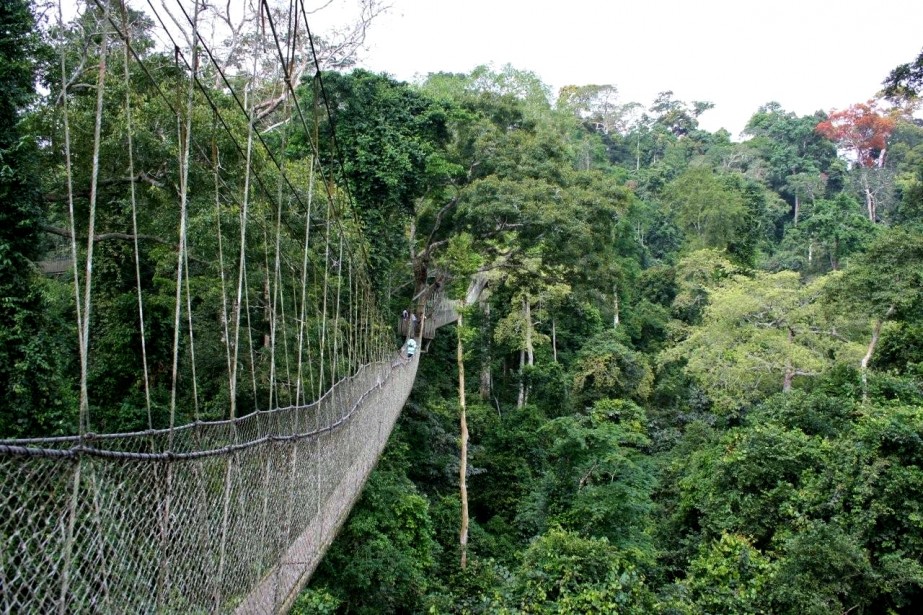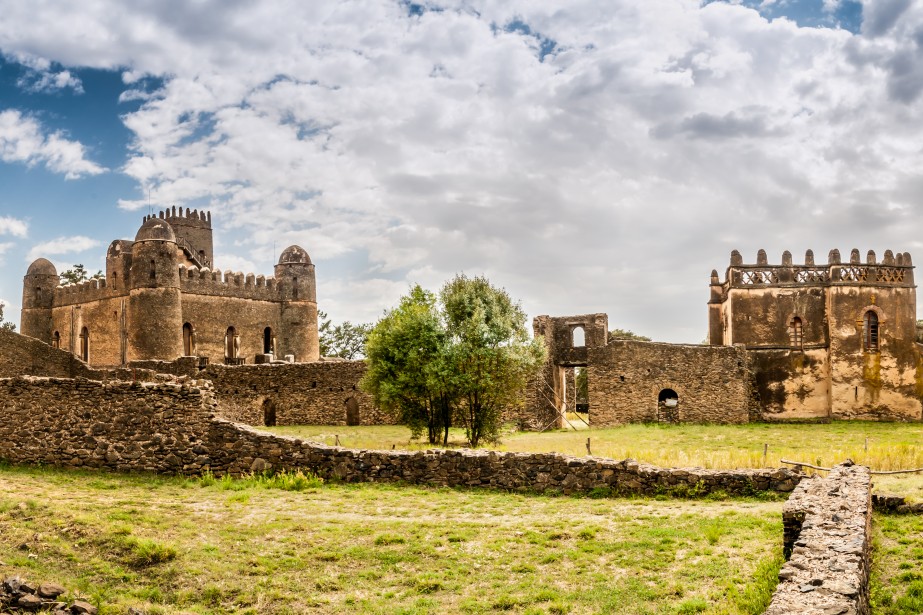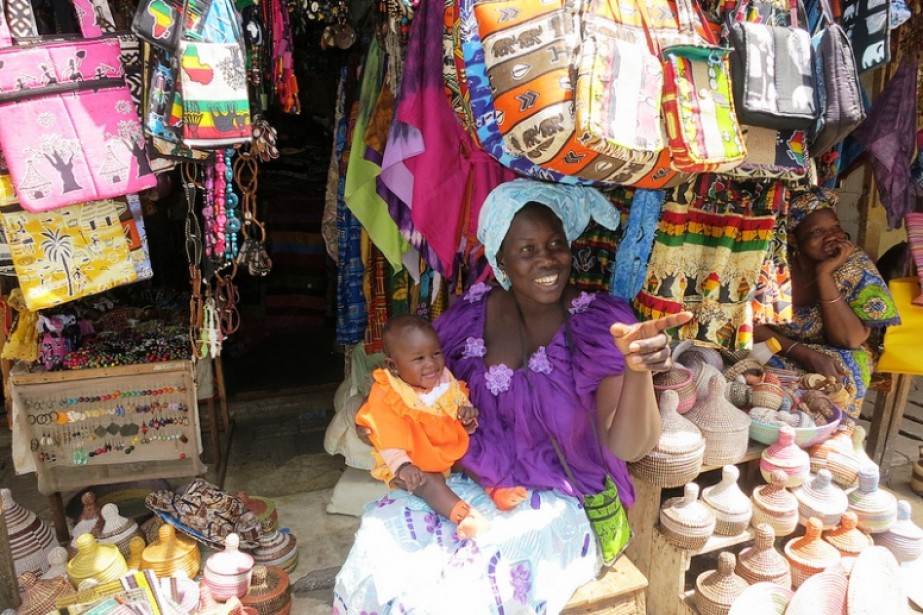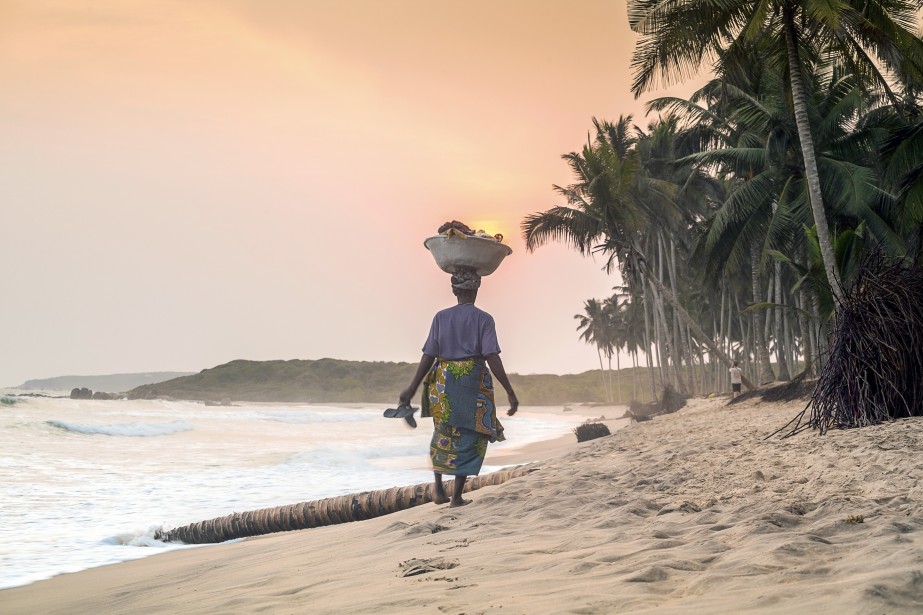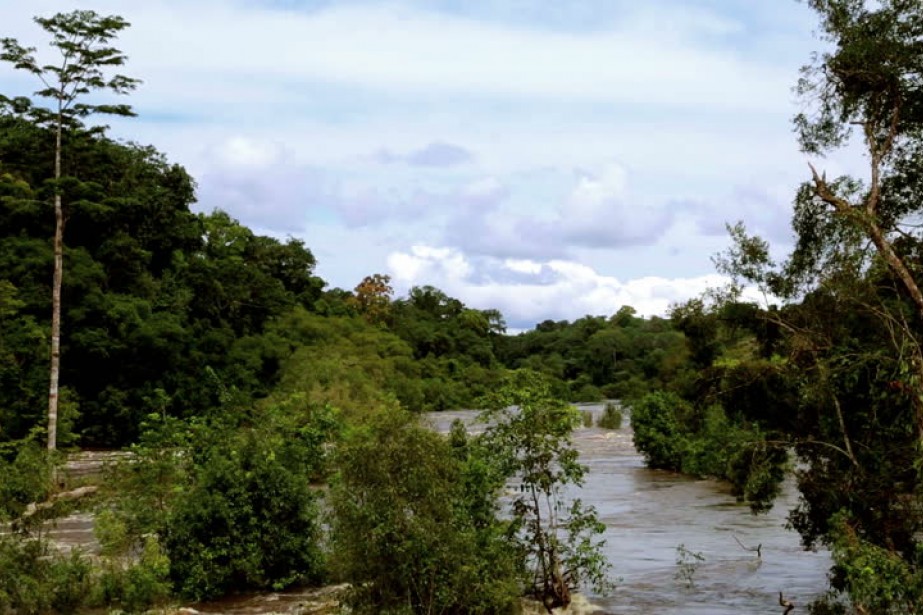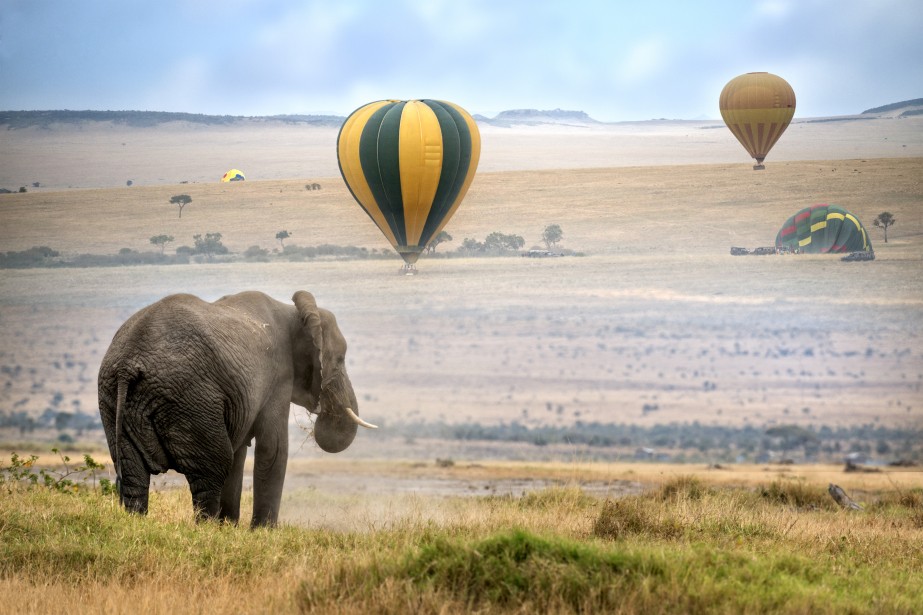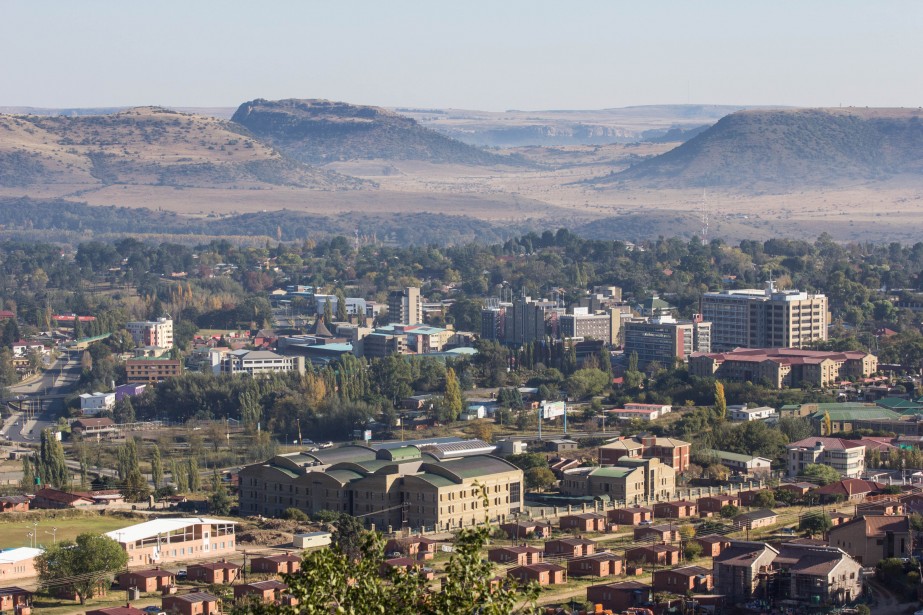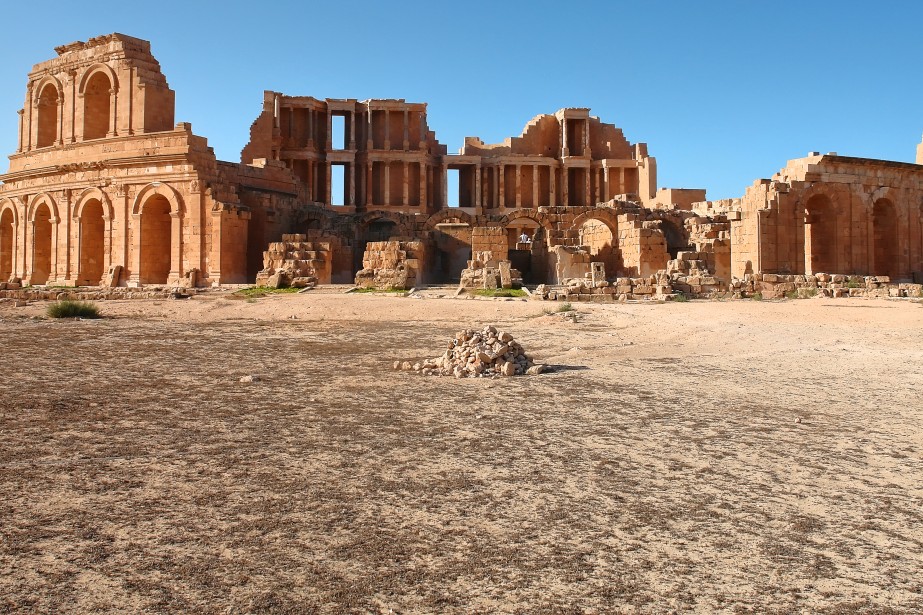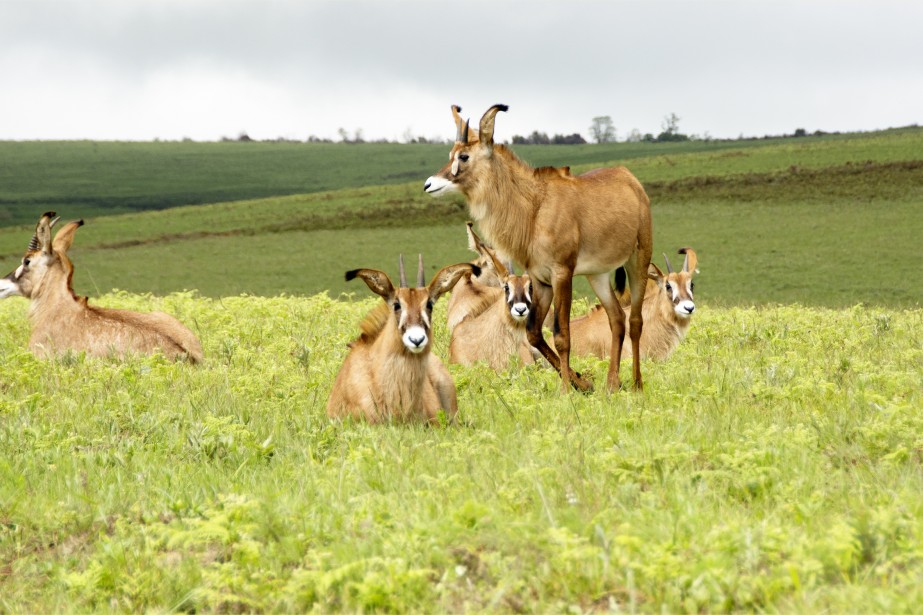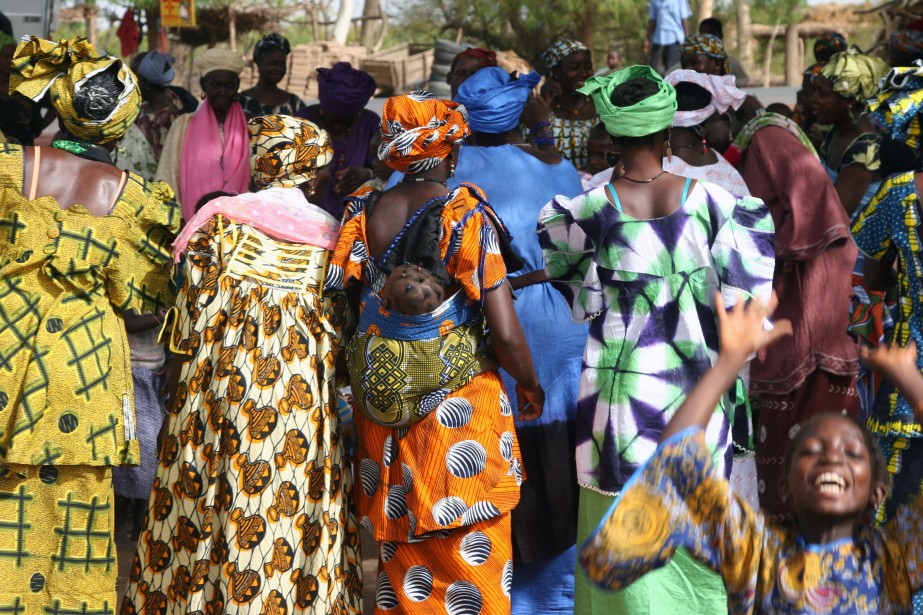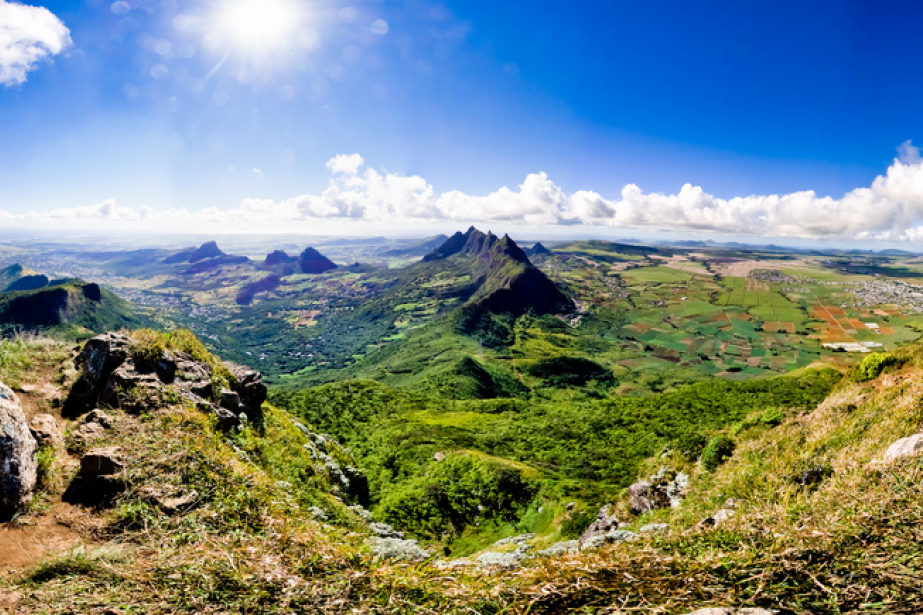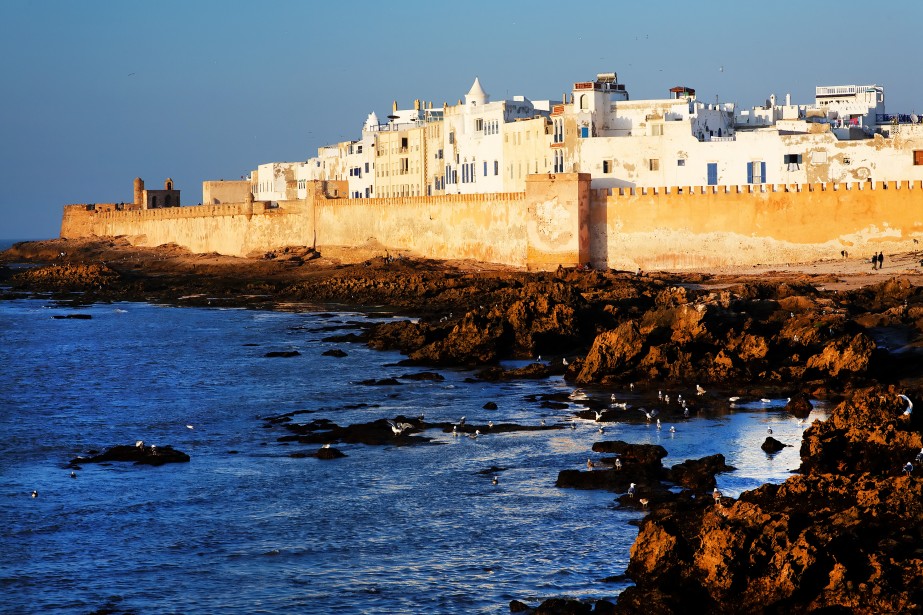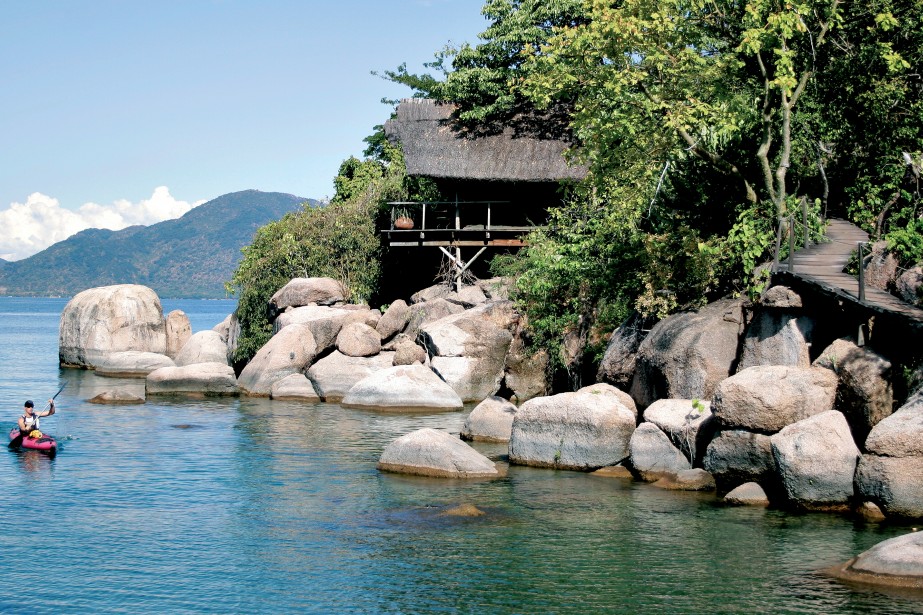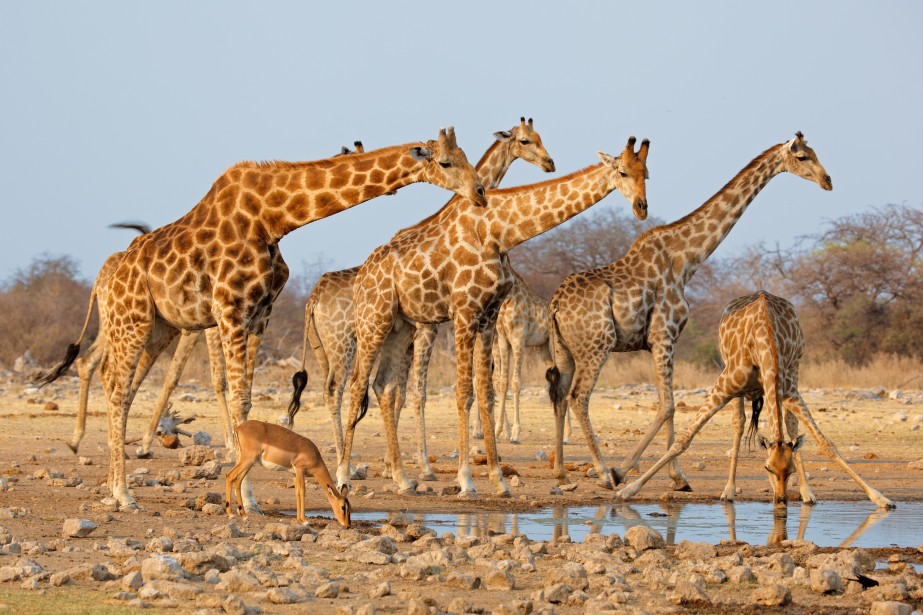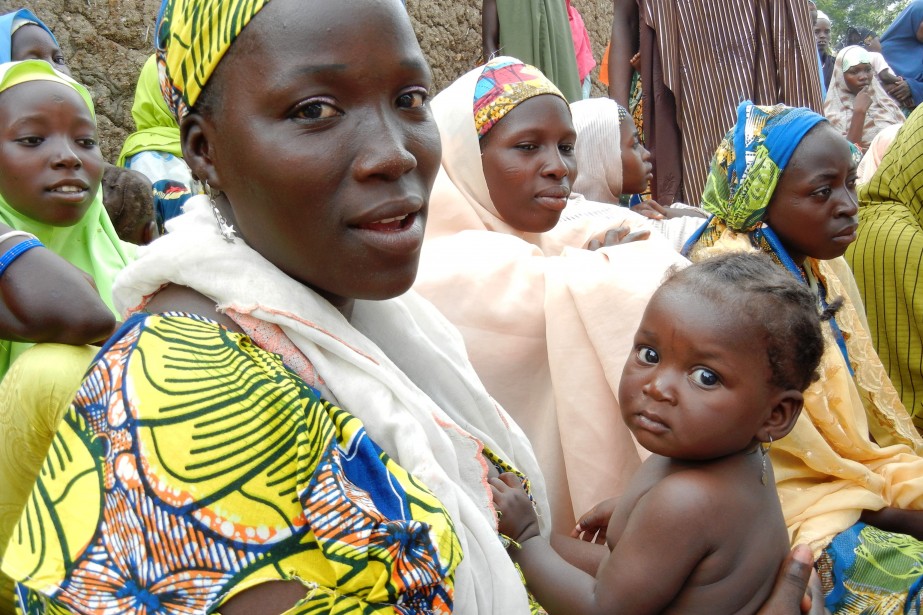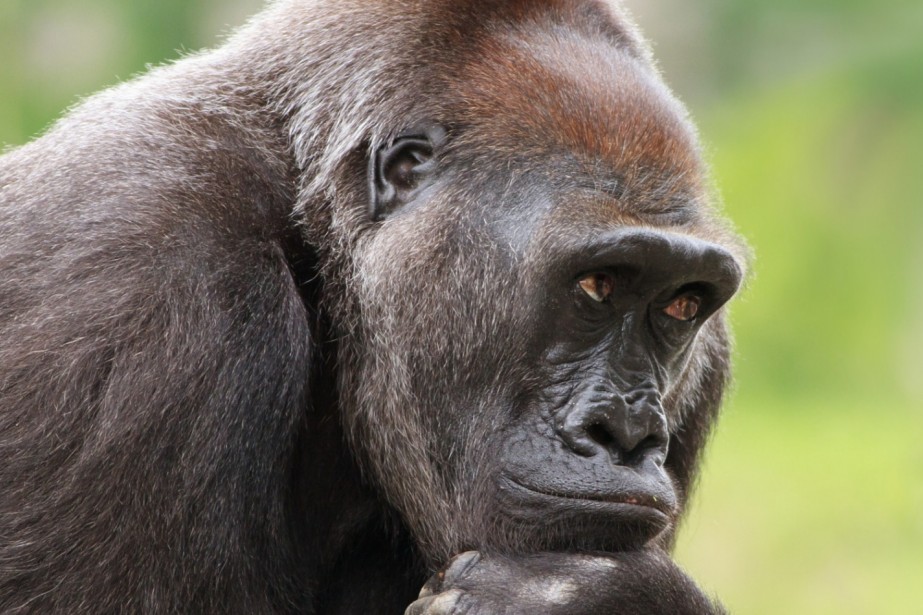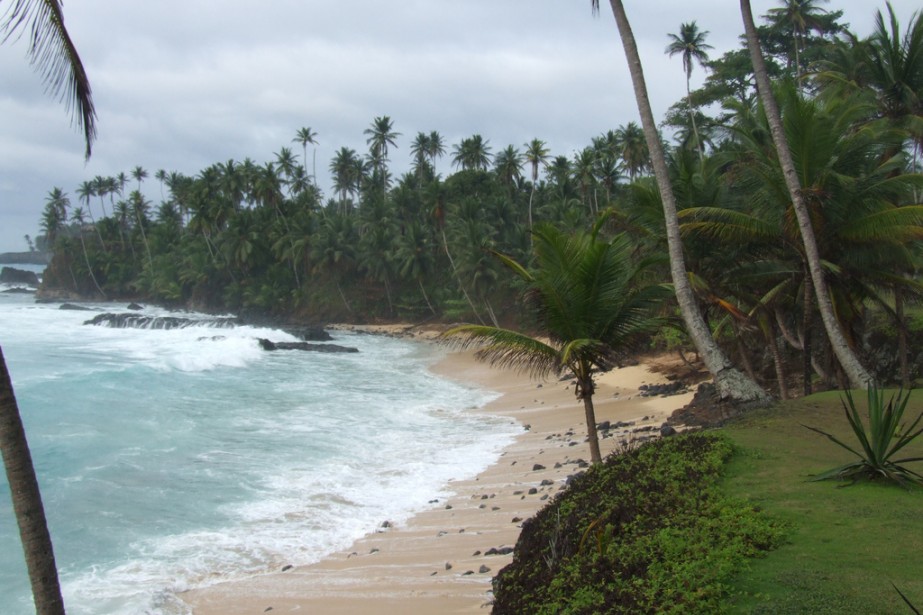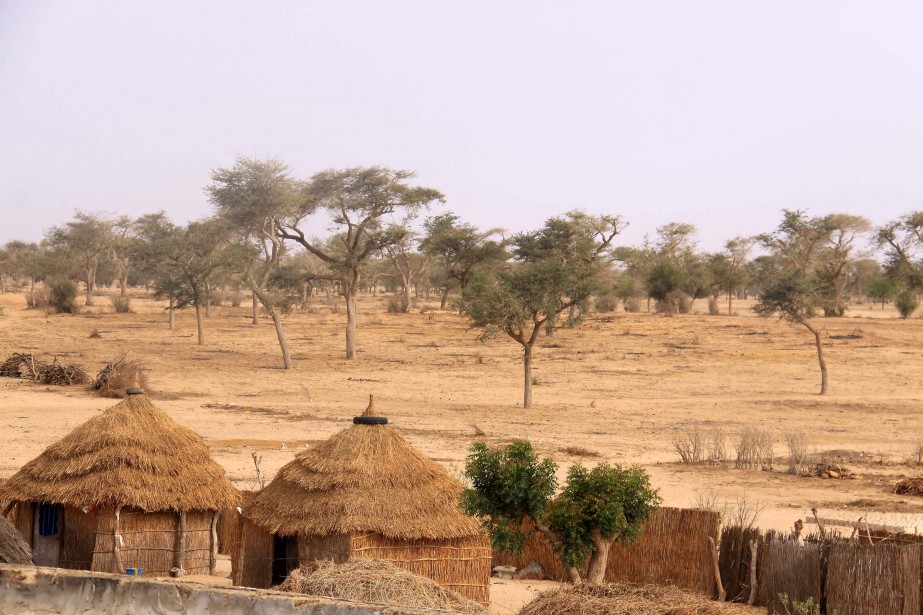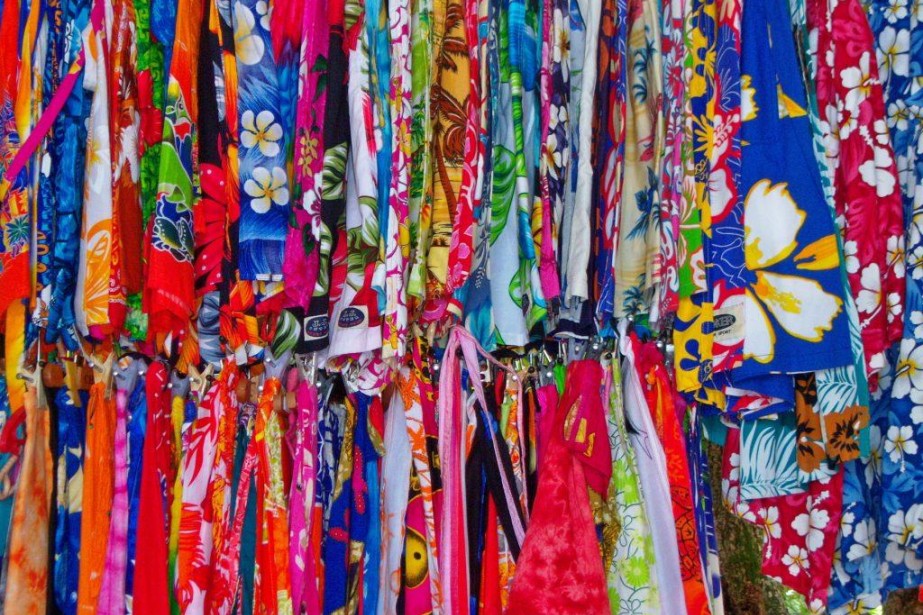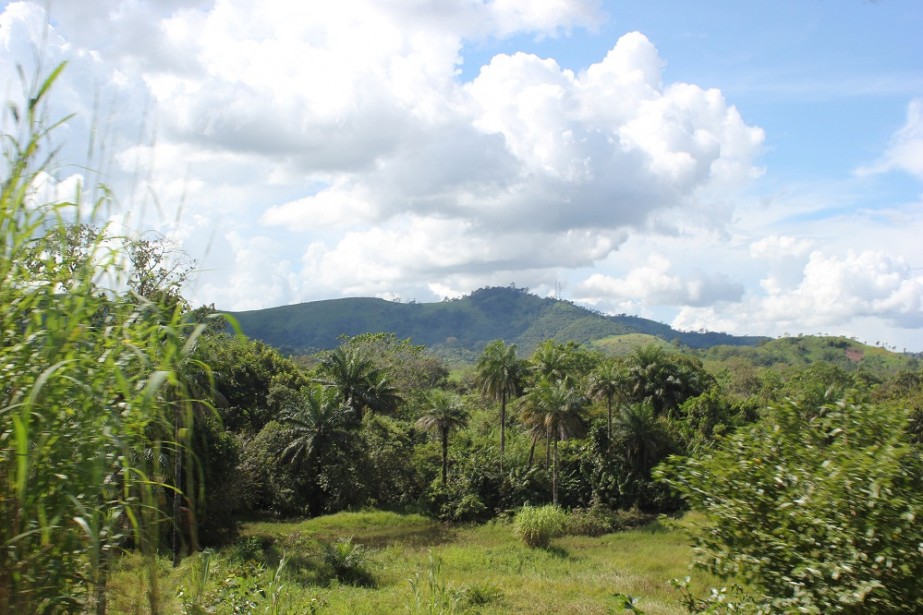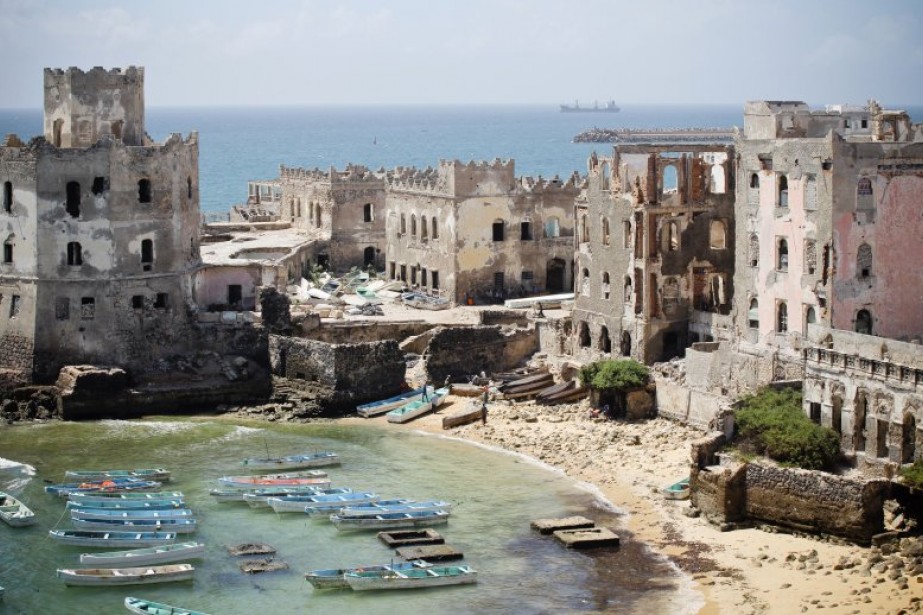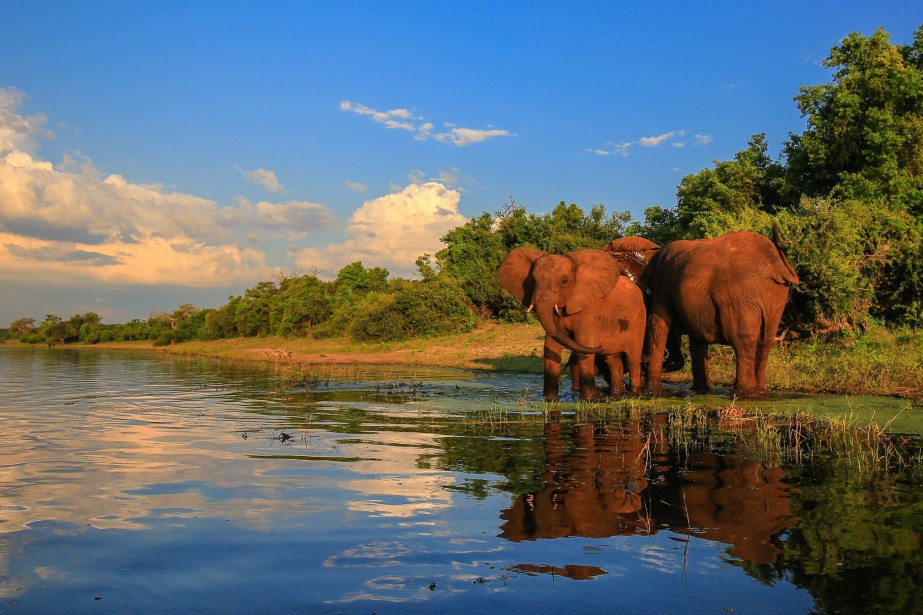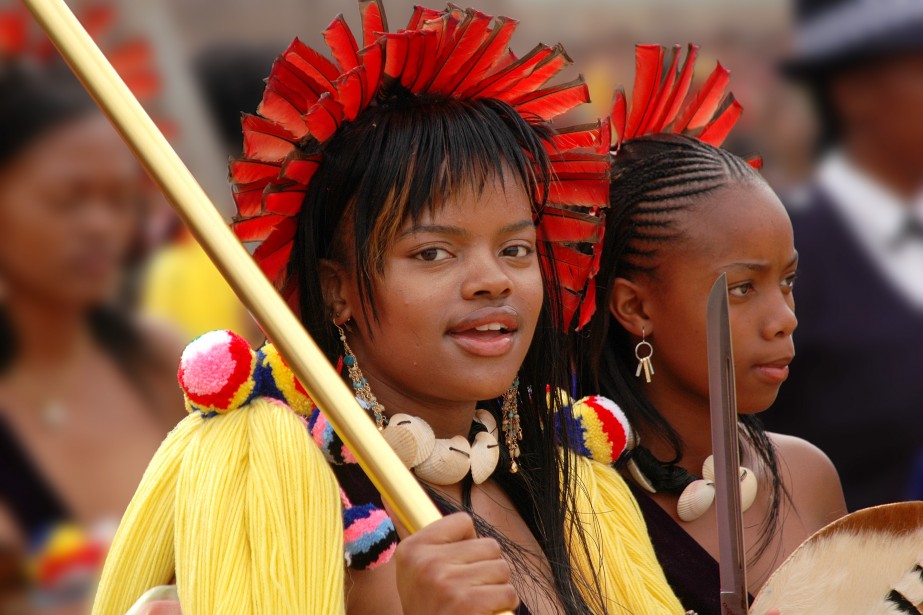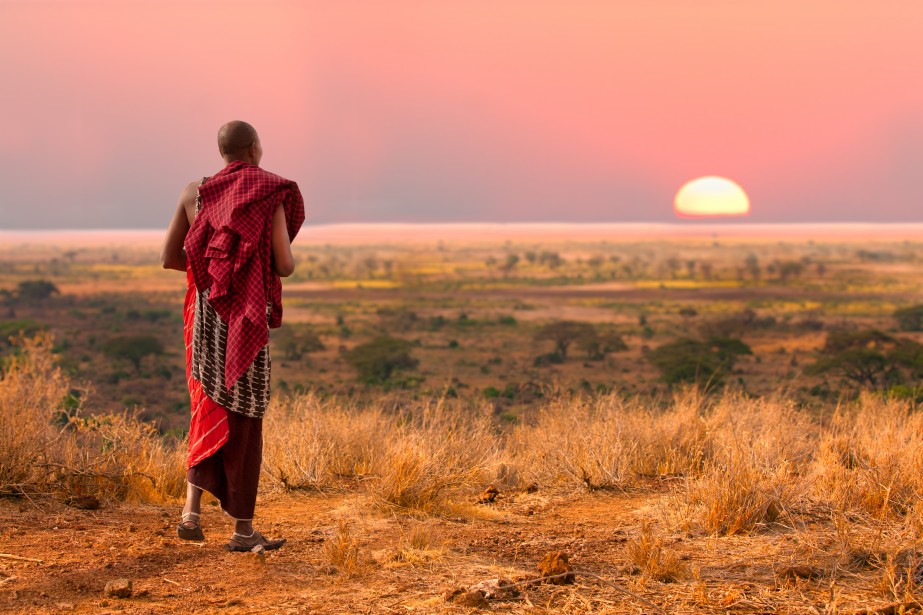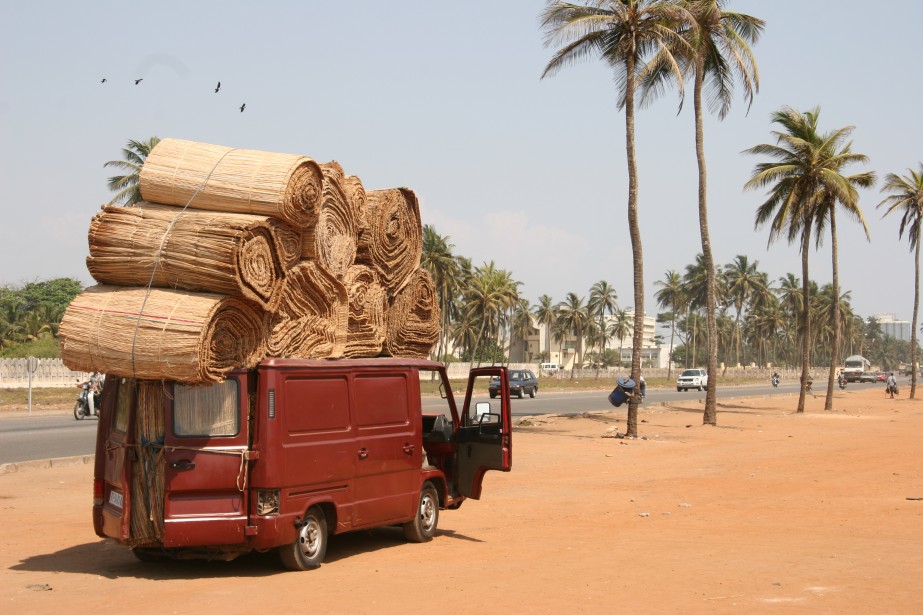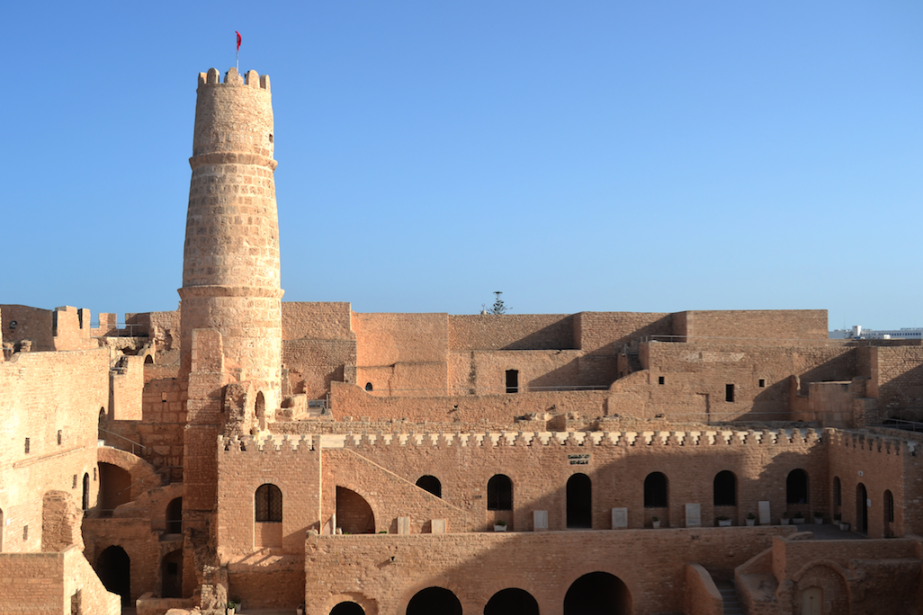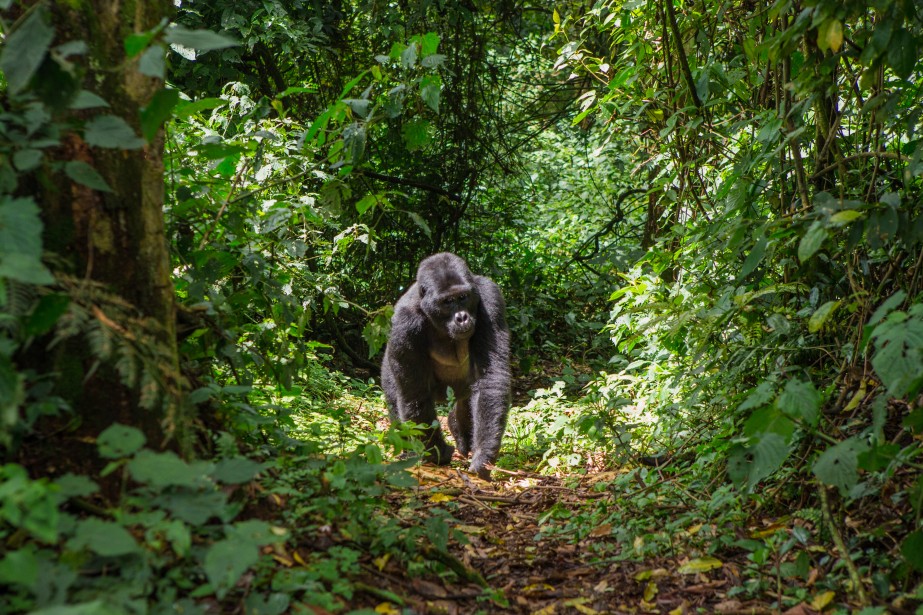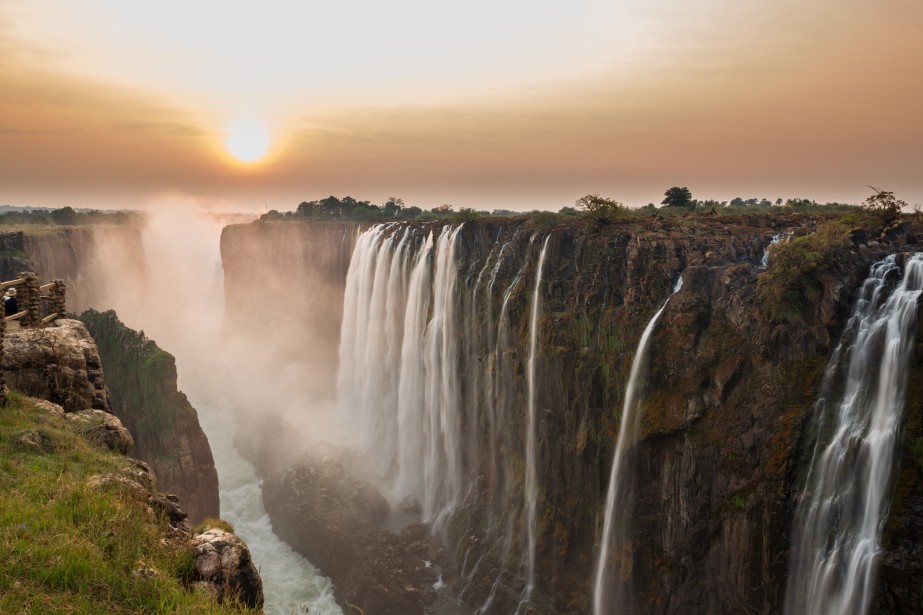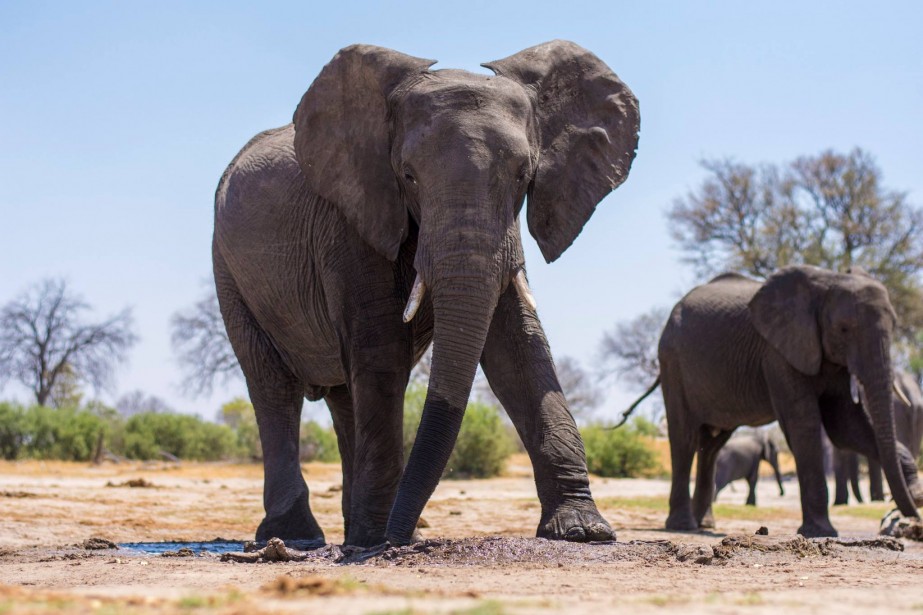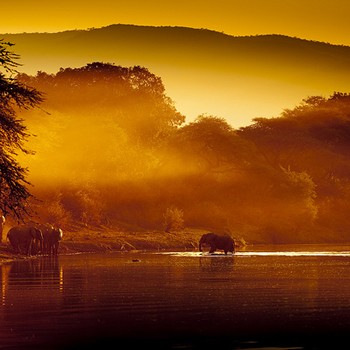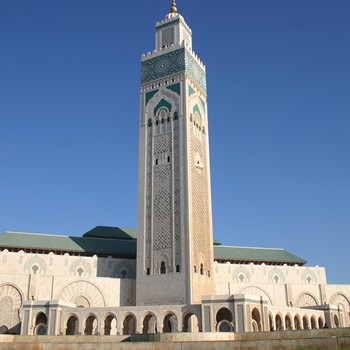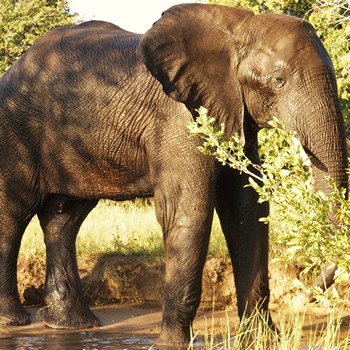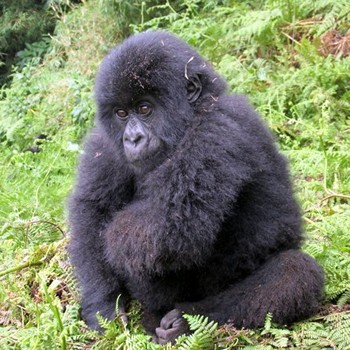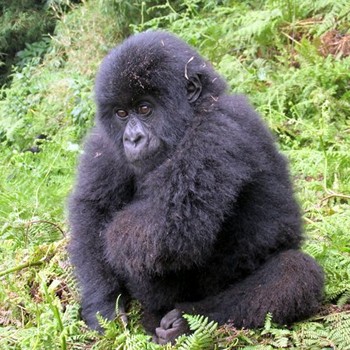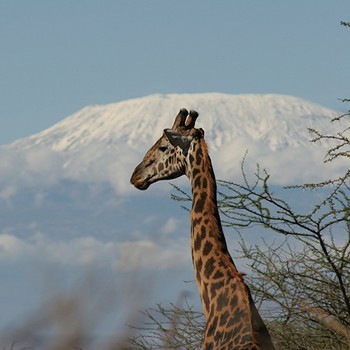Submitted by Heather Demars on July 30, 2016
Overview
Heralded as the land of smiles, Mozambique is noted as of Africa’s most promising new travel destinations. Lying just north of South Africa, Mozambique stretches along the Indian Ocean and offers a vast array of activities for visitors.
With over 1500 miles of tropical coastline sporting dazzling coral reefs and offshore islands, Mozambique is a diver’s dream. Mozambique’s myriad beaches offer snorkeling, deep-sea fishing, sailing, scuba diving, and even sunset cruises and dolphin tours. After a day of sandy adventure, enjoy a dinner of freshly caught seafood with Portuguese-inspired Mozambican flair.
If safari is what you seek in your African adventure, do not miss central Mozambique’s Gorongosa National Park, home to a wide range of vegetation and wildlife, or plan a hike on nearby Mt. Gorongosa. The Lugenda Wildlife Reserve is another fabulous option for those seeking outdoor adventure in Mozambique.
After gaining independence from Portuguese rule in 1975, Mozambique was afflicted with civil war and social unrest until the mid 1990’s making travel to this diverse country only a relatively recent possibility. Although Mozambique is considered a new hot spot for tourism in Africa, much of the country’s colonial heritage has been preserved in areas such as Ilha de Moçambique, the former capital of Portuguese East Africa. Situated in southern Mozambique, Maputo, the country’s current capital city, boasts quaint shops and cafés, museums, and lively street markets.
Whether it is safari or snorkeling you seek, Mozambique is ready to offer you the African adventure of your dreams.
When to Travel
With its tropical climate, Mozambique offers travelers almost year-round sunny skies and warm temperatures. Though the most popular time to visit is during the slightly cooler dry season from May to December, the best time for your Mozambican vacation largely depends on your desired activities while in the country. For those most interested in game viewing, August and September are the most promising months to visit. If bird watching is a top priority, travelers should plan vacation dates during the warm rainy season from December to April. During the winter months of May to December, visitors will experience the least amount of rainfall, while summer months bring more fish to Mozambique’s tropical beaches. For the fisherman hoping for a local catch, marlin are most abundant from September to January, with sailfish season running from May to September.
Cuisines and Drinks
As diverse as the country itself, food in Mozambique is said to be some of the most unique in all of southern Africa. Influenced heavily by almost five centuries of Portugese rule, Mozambique is unique among many other African countries in that dinner is usually served while guests are seated at chairs around a table with individual plates and eating utensils. The midday meal is usually the main meal for those living in Mozambique.
It is common for soup, usually made from regional vegetables such as corn, beans, or squash, to be served as an appetizer, while salads are typically served with the main entrée. The most common main dish consists of readily available and reasonably priced fresh seafood, meat, poultry or a stew served with rice or corn porridge, otherwise known as maize meal.
Some more popular Mozambican dishes to try include:
Matapa – This staple is rumored to be a favorite dish of Armando Guebuza, Mozambique’s president. Usually served over rice, Matapa is a peanut stew that generally consists of fresh seafood (prawn, crab, or clam) and cassava leaves.
Piri Piri or African Bird’s Eye Chili – A common condiment throughout Mozambique, this sauce lends a pungent chili flavor to many dishes.
Galinha Zambezia – Chicken served in a sauce made from lime, garlic piri piri, and pepper
Paozinho or Portuguese Rolls – Meat encased in a slightly sweet bread dough
Camarao National – Fresh prawns marinated in piri piri, garlic, onion, lemon and vinegar
Though all tap water in Mozambique should be considered unsafe for consumption, most western-style lodgings have access to a fresh water source or bottled water. Mozambican tea, called “Cha”, and coffee are both common beverages in Mozambique. Nipa, a local alcoholic beverage made from cashew fruit, cassava, mango and sugar cane should likely be avoided. This brew is incredibly potent and is widely considered dangerous since as little as 12 ounces is said to be enough to intoxicate more than ten adult males. A safer bet may be one of the many locally brewed beers made from maize or yet another Portuguese influence, Madeira, a Portuguese wine. Both options are popular ones throughout Mozambique.
Popular Sights of Mozambique
Maputo – Located in Southern Mozambique on the west side of Maputo Bay, the country’s capital city is believed by many to be one of Africa’s most beautiful capital cities and is not one to be missed. In addition to admiring the Mediterranean-inspired architecture, street markets, cafés and shops, Maputo is also home to some of Mozambique’s favorite tourist attractions. Make sure to stop by Central Railway Station, designed by Gustave Eiffel in 1910. The building is considered one of the most beautiful in the city, sporting a central dome, marble pillars, and intricate works of wrought iron. Jardim Tunduru botanical garden was laid out in 1885 by Thomas Honney, who also designed gardens for the sultan of Turkey and the king of Greece. Of course, no visit to Maputo would be considered complete without a visit to Maputo Elephant Reserve, one of the city’s best attractions. This reserve is home to elephants, leopards, antelope, hippos and other native African animals and birds.
Bazaruto Archipelago – For the ultimate tropical getaway, spend some time in this protected national park comprised of six offshore islands. These islands are unspoiled by modern shops or tourist activities, offering unparalleled tranquility. Santa Carolina (otherwise known as “Paradise Island”) is considered the best of the group, though each of the islands is home to pristine beaches, impressive coral reefs, and ultimate island relaxation.
Tofo Beach – For those who want snorkeling, diving, and sandy beaches with the addition of restaurants and a little nightlife, Tofo Beach is difficult to beat. While swimming with whales in the area is prohibited, Tofo Beach’s waters are home to many other swimming companions such as dolphins and whale sharks – the world’s largest (and yet harmless) fish. Many aquatic centers in the area offer scuba and snorkeling instruction as well as equipment rental.
Ilha de Mocambique – With its rich colonial architecture, each individual building in this city, once the capital of Portuguese East Africa, could potentially be seen as a tourist attraction in and of itself. Step into a virtual time machine as you are taken back to colonial times by the rich history of this small island located off the northern coast of Mozambique. Ilha de Mocambique is home to the Chapel of Nossa Senhora de Baluarte, which is considered to be the oldest European building in the southern hemisphere. The history buff will also want to tour the Museum of Sacred Art and the Governor’s Palace and Maritime Museum. Stop by the tourist office, located next to the city’s museum, for additional information and guides to the city’s treasures. Before heading back to mainland Mozambique, have a dinner of fresh seafood and local fruits at the local seafood market.
Lake Niassa (also known as Lake Malawi or Lake Nyasa) – The eighth largest lake in the world, Lake Malawi lies on Mozambique’s western border. The lake is fed by 14 rivers and is home to more than 200 recorded species of fish.
Gorongosa National Park – Though ravaged by the twenty years of civil war, this national park has been part of a government restoration project to return the park to its previous splendor. The park is home to a plethora of native flora and fauna, including lions, elephants, buffalo, leopards, hippos, crocodiles, zebras, monkeys, and baboons. If game watching is on your Mozambican to-do list, plan some time in Gorongosa National Park and think about adding a hike on nearby Mt. Gorongosa.
Lugenda Wildlife Reserve – Considered to be set in one of Africa’s “last wild places”, Lugenda offers a truly rustic safari experience. The reserve is home to many African species, but the large size (42,000 sq. km) makes it difficult to guarantee any large game sightings. While the park is primitive, the lodgings within the reserve will leave you feeling pampered with delicious local food and even daily high tea. Accomodations consist of luxury tents on the banks of the Lugenda River, king-sized beds, in-suite bathrooms, and even ceiling fans to keep you cool on warm summer nights.
Practical Information
Currency
The unit of currency in Mozambique is the meticais (M), which is divided into 100 centavos. Three zeroes were dropped from the currency in 2006. This can cause some confusion, as some vendors will still ask for “one million” when they really mean “one thousand”. US dollars are easily convertible at banks and exchanges in major cities, with private exchanges generally offering the best rates. As of January 2010, one US Dollar is worth about 29.9 meticais. You cannot exchange or buy meticais outside of Mozambique, making it important to exchange your currency back to dollars before leaving the country. ATMs are available throughout the country and many will take most major credit cards.
Bargaining is common among vendors in Mozambique. If an item is not priced, expect to enter into a bargaining war. Do not become hostile, as this will only encourage vendors to raise their prices.
Most places in Mozambique are not able to make change for large bills, so try to keep small bills handy whenever possible. If you find yourself without small bills, chapa (bus) drivers usually have them. Take a chapa to your next destination and pay with a large bill to restore your small bill supply.

